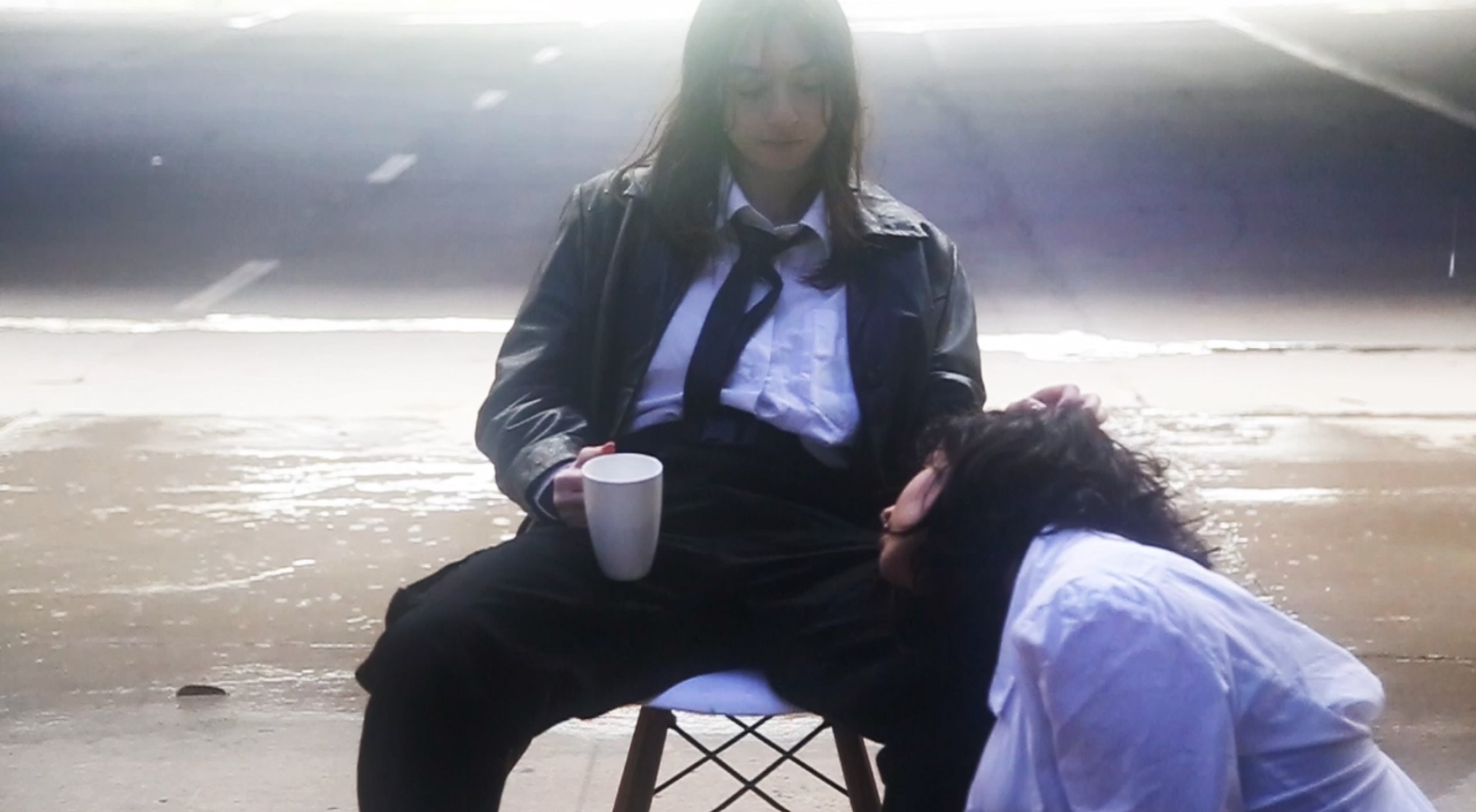
St Ursula's College
DJARABA EPOCH
Time-Based Forms
Video art
My body of work, Djaraba Epoch, loosely translated as ‘Era of the White Man’, expresses the effects of colonialism and British imperialism, particularly on First Nations people in ‘Australia’. When the djaraba (white man or gun) arrived on nurra (Country), everything changed, creating an epoch of cultural decimation. I appropriate colonial artworks layered under a film of personal conflict to represent how we, as a society, still exist within the Djaraba epoch. Filmed on Bediagal land, I refer to the Bediagal warrior Pemulwuy, known for his resistance to the colony. I encourage others to recognise their position in the coloniser–colonised relationship.
My artmaking practice has been influenced by the study and interpretation of the following artists: Johann Zoffany, King George III, Queen Charlotte with her Two Eldest Sons; John Wesley Burtt, John Batman Attempts to Enter Treaty With Kulin at Merri Creek; Elizabeth Thompson, The 28th Regiment at Quatre Bras; Mervyn Bishop, Prime Minister Gough Whitlam pours soil into hand of traditional landowner Vincent Lingiari, Northern Territory; Judy Watson, the names of places; E Phillips Fox, Landing of Captain Cook at Botany Bay, 1770; Samuel John Neele, Pimbloy: Native of New Holland in a canoe of that country; Benjamin Duterau, The Conciliation, 1840; Artist Unknown, Mural depicting Amritsar Massacre 1919; Tommy McRae, Meeting the White man.
